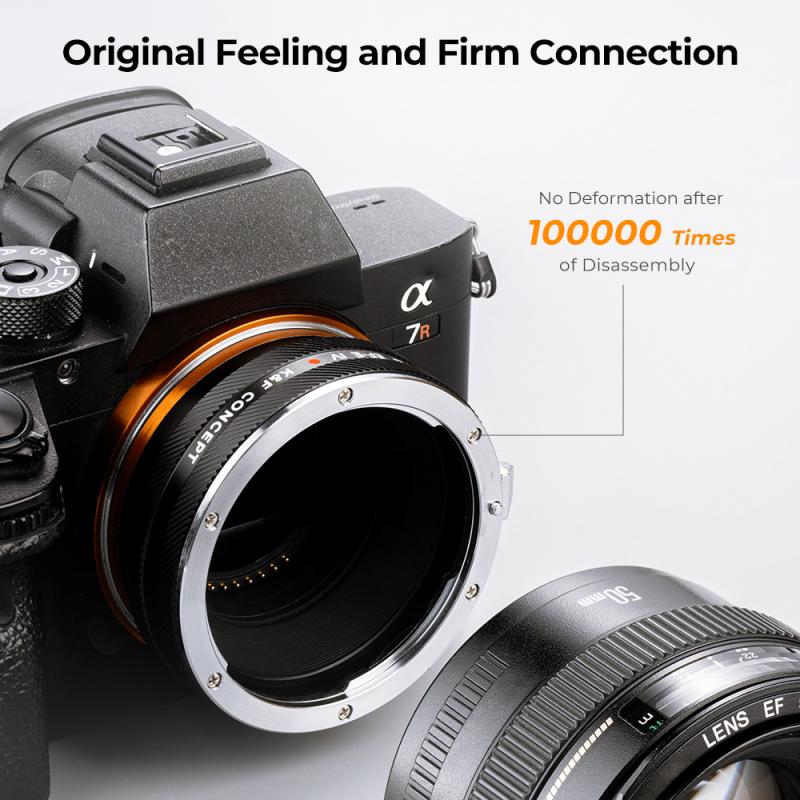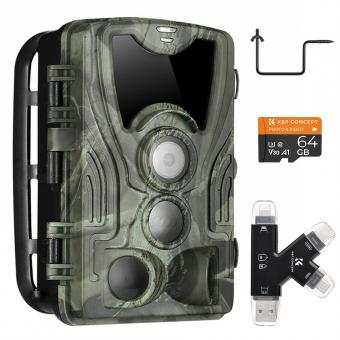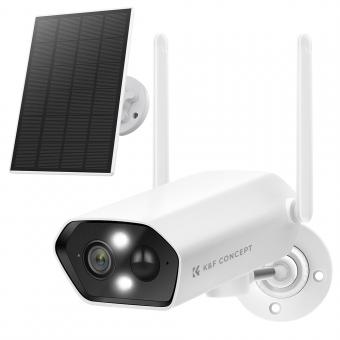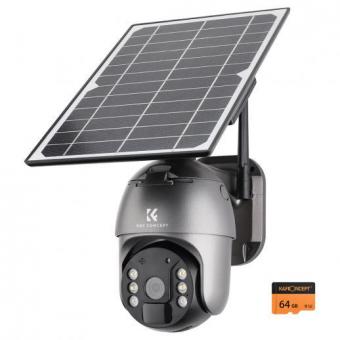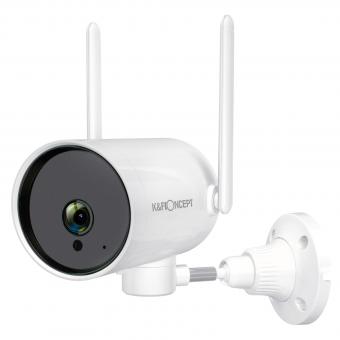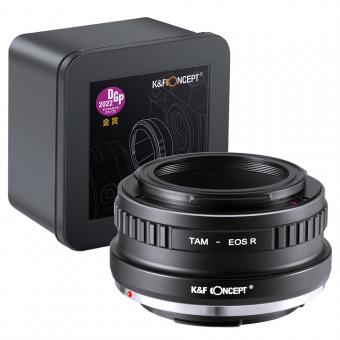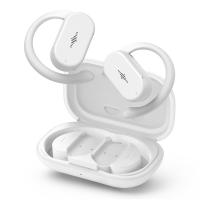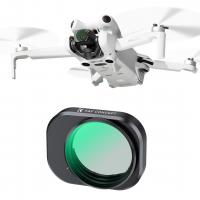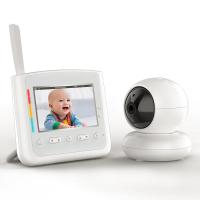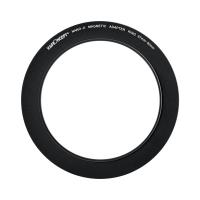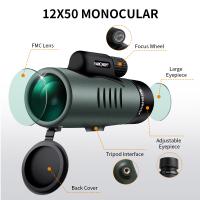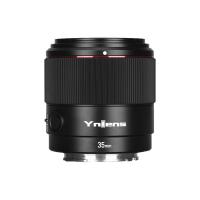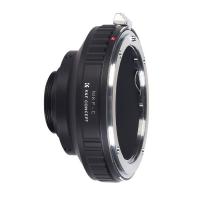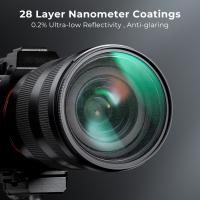How Much Data Does Wifi Security Camera Use ?
The amount of data used by a Wi-Fi security camera depends on various factors such as the camera's resolution, frame rate, compression settings, and the length of time it is actively recording or streaming. Higher resolution cameras with higher frame rates will generally consume more data. Additionally, cameras that use more efficient compression algorithms will use less data compared to those with less efficient compression. It is also important to consider whether the camera is continuously recording or only triggered by motion, as this will affect the amount of data used. Overall, it is difficult to provide an exact figure without specific details about the camera's specifications and usage patterns.
1、 Video Resolution and Quality
The amount of data that a WiFi security camera uses depends on various factors, with the most significant one being the video resolution and quality. Higher resolution and better quality videos require more data to transmit and store.
Typically, WiFi security cameras offer a range of video resolution options, such as 720p, 1080p, or even 4K. The higher the resolution, the more data will be consumed. For example, a 720p camera will use less data compared to a 1080p camera for the same duration of recording.
In terms of quality, cameras with better image sensors and advanced compression algorithms can provide clearer and more detailed footage. However, this also means that more data will be required to transmit and store the video.
It's important to note that the amount of data used by a WiFi security camera is not only determined by the camera itself but also by the settings and configurations you choose. Some cameras offer options to adjust the video quality or enable motion detection, which can help reduce the amount of data used.
Additionally, advancements in video compression technologies, such as H.265, have made it possible to maintain high-quality video while reducing the amount of data required. This means that newer cameras equipped with such technologies can provide better video quality without consuming excessive amounts of data.
In conclusion, the amount of data used by a WiFi security camera depends on the video resolution and quality settings. It is important to find a balance between video quality and data usage based on your specific needs and available internet bandwidth.

2、 Frame Rate and Compression
The amount of data that a WiFi security camera uses depends on various factors, including the frame rate and compression settings. Frame rate refers to the number of frames per second that the camera captures, while compression determines how efficiently the video is encoded.
Higher frame rates result in smoother video playback but also require more data. For example, a camera set to record at 30 frames per second will use more data than one set to 15 frames per second. Similarly, higher resolution cameras will consume more data compared to lower resolution ones.
Compression plays a crucial role in reducing the amount of data used by a WiFi security camera. It works by removing redundant information from the video stream, resulting in smaller file sizes. Different compression algorithms, such as H.264 or H.265, offer varying levels of efficiency. H.265, also known as High Efficiency Video Coding (HEVC), is the latest standard and provides better compression than its predecessor, H.264.
The latest point of view is that WiFi security cameras are becoming more advanced in terms of compression technology. Manufacturers are increasingly adopting H.265 compression, which allows for higher quality video with reduced bandwidth requirements. This means that even with higher frame rates and resolutions, WiFi security cameras can still use less data compared to older models.
It's important to note that the actual amount of data used by a WiFi security camera will also depend on other factors, such as the length of recording, motion detection settings, and whether the camera is continuously streaming or only recording when triggered. Additionally, some cameras offer adjustable settings to balance video quality and data usage, allowing users to customize their preferences.
In conclusion, the amount of data used by a WiFi security camera is influenced by factors such as frame rate and compression settings. The latest compression standard, H.265, offers improved efficiency and allows for higher quality video with reduced bandwidth requirements. However, the actual data usage will vary depending on various factors and settings chosen by the user.

3、 Length of Recording
The amount of data that a WiFi security camera uses depends on several factors, including the length of recording and the camera's settings.
In terms of the length of recording, the more time the camera is actively recording, the more data it will consume. For example, if you have a camera that records continuously for 24 hours, it will use significantly more data compared to a camera that only records when it detects motion.
The resolution and quality settings of the camera also play a role in data usage. Higher resolution and better quality recordings require more data to capture and store the video footage. However, advancements in video compression technology have allowed cameras to reduce the amount of data needed without compromising too much on video quality.
It is difficult to provide an exact figure for how much data a WiFi security camera uses for a specific length of recording, as it varies depending on the camera model and settings. However, as a general estimate, a camera recording at 720p resolution for 24 hours can use around 1-2 GB of data.
It is worth noting that some cameras offer options to adjust the video quality and frame rate, which can help reduce data usage. Additionally, many cameras have the ability to store footage locally on a memory card or a network-attached storage (NAS) device, which can further reduce the reliance on data usage.
Overall, it is recommended to check the specifications and settings of your specific WiFi security camera to get a more accurate estimate of its data usage.
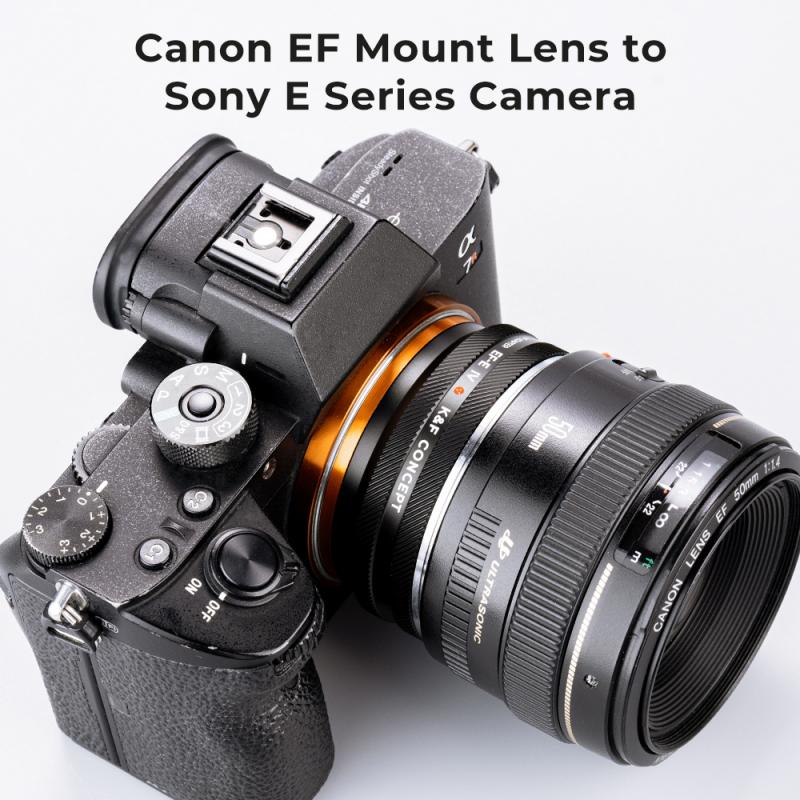
4、 Motion Detection and Alerts
The amount of data that a WiFi security camera uses for motion detection and alerts can vary depending on several factors. These factors include the camera's resolution, frame rate, compression settings, and the length and frequency of motion events.
In general, WiFi security cameras use more data when there is constant motion or activity in the camera's field of view. When motion is detected, the camera starts recording and sends an alert to the user's smartphone or computer. The camera will continue to record until the motion stops, and then it will go back to standby mode.
The resolution of the camera plays a significant role in determining the amount of data used. Higher resolution cameras, such as 1080p or 4K, will use more data compared to lower resolution cameras. Similarly, cameras with higher frame rates will use more data as they capture more frames per second.
Compression settings also affect the amount of data used. Most WiFi security cameras use video compression algorithms to reduce the size of the recorded footage. However, higher compression settings can result in lower video quality and potentially miss important details.
It is difficult to provide an exact figure for how much data a WiFi security camera uses for motion detection and alerts, as it depends on the specific camera and its settings. However, on average, a WiFi security camera can use anywhere from 1GB to 5GB of data per month for motion detection and alerts.
It is worth noting that some newer WiFi security cameras offer advanced features like AI-powered motion detection, which can reduce false alerts and optimize data usage. These cameras use algorithms to differentiate between human and non-human motion, resulting in more accurate alerts and potentially lower data usage.
In conclusion, the amount of data that a WiFi security camera uses for motion detection and alerts can vary depending on various factors. It is essential to consider the camera's resolution, frame rate, compression settings, and the length and frequency of motion events to estimate the data usage accurately.
